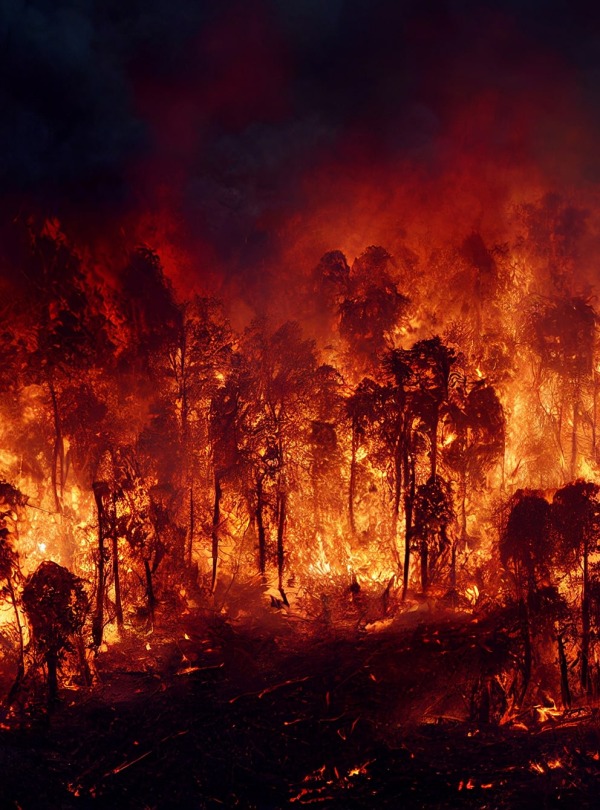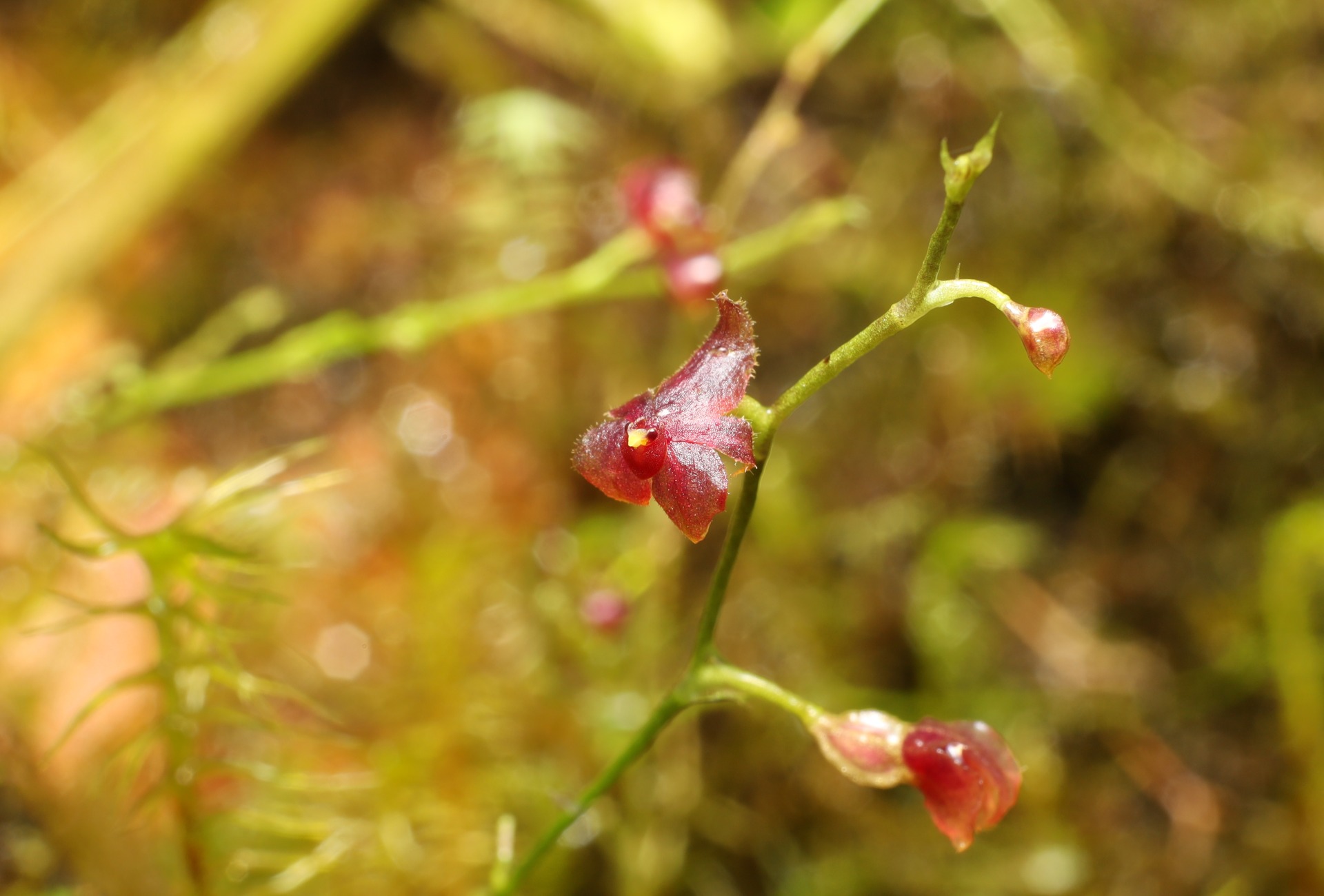
Illegal gold mining threatens an Ecuadorian cloud forest reserve protecting the world’s rarest orchids.
-
Species at Risk
Rio Faisanes Stubfoot Toad (CR), Carchi Andes Toad (EN),
Dracula terborchii, Dracula trigonopetala,
Dracula erythrocodon, Platystele finleyae -
Carbon stored
482,427 mT *
*(metric tons of CO2 equivalents) -
Partner
Fundación EcoMinga
-
2,500 Proposed Acres Conserved by
Purchase
-
Project Cost: $1,318,181
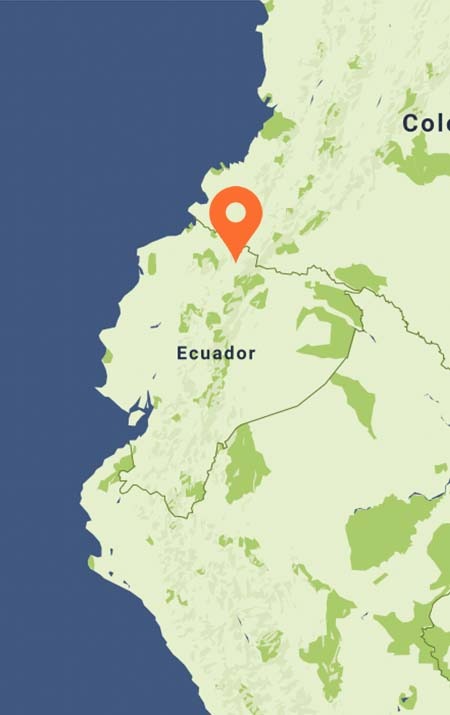
2,500
Illegal gold mining threatens an Ecuadorian cloud forest reserve protecting the world’s rarest orchids.
-
Species at Risk
Rio Faisanes Stubfoot Toad (CR), Carchi Andes Toad (EN),
Dracula terborchii, Dracula trigonopetala,
Dracula erythrocodon, Platystele finleyae -
Carbon stored
482,427 mT *
*(metric tons of CO2 equivalents) -
Partner
Fundación EcoMinga
-
2,500 Proposed Acres Conserved by
Purchase
-
Project Cost: £1,054,544

2,500
The Dracula Orchid Reserve will be
larger after this expansion
The Chocó-Tumbes cloud forest in the tropical Andes of northwestern Ecuador is known for having the highest number of unique species of orchids in the world, including very rare Dracula orchids found only here. The scarcity of these exotic plants makes them highly sought by collectors, who will pay thousands of dollars for a single specimen. The criminal rare plant trade is the greatest threat to wild orchids and was the catalyst for creation of the Dracula Orchid Reserve in 2014 by Rainforest Trust and our local partner, Fundación EcoMinga.
The reserve has been expanded over the past decade, with support from our donors, and now totals just over 6,500 acres of protected cloud forest. Increasing pressure in the region from gold mining interests, as well as deforestation for agriculture and the cattle industry, pose new dangers. It is imperative that we expand a protective corridor around the reserve and link together existing upper and lower reserve areas. This expansion will safeguard numerous imperiled species, including the entire known population of Dracula trigonopetala—one of the rarest orchids in the world.
Stop Gold Mining to Save Rare Orchids
In recent years, active illegal gold mining was discovered adjacent to the reserve, with miners trespassing across the protected area. An Ecuadorian mining company has shown interest in acquiring properties near the reserve that represent the largest portion of remaining unprotected forest. Once it is secured by EcoMinga, the expanded 2,500 acres will come under the organization’s management guidelines that allow only scientific research activities and scientific tourism. Reserve guards will provide increased vigilance to reduce illegal activities in the area.
Explore the Chocó-Tumbes cloud forest
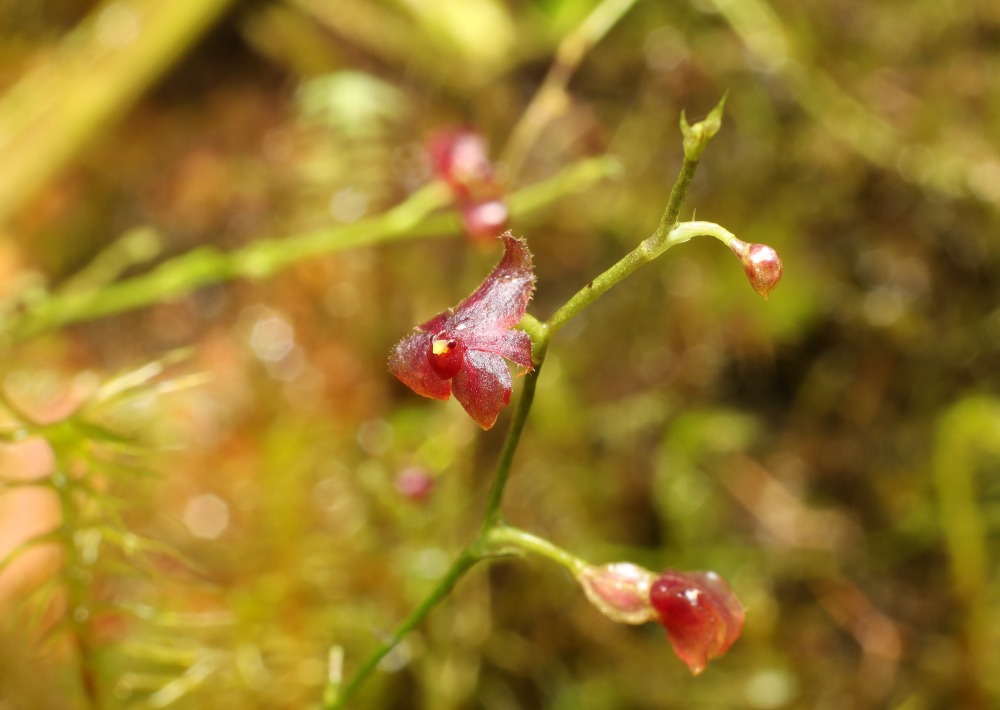
Platystele finleyae © Fundación EcoMinga
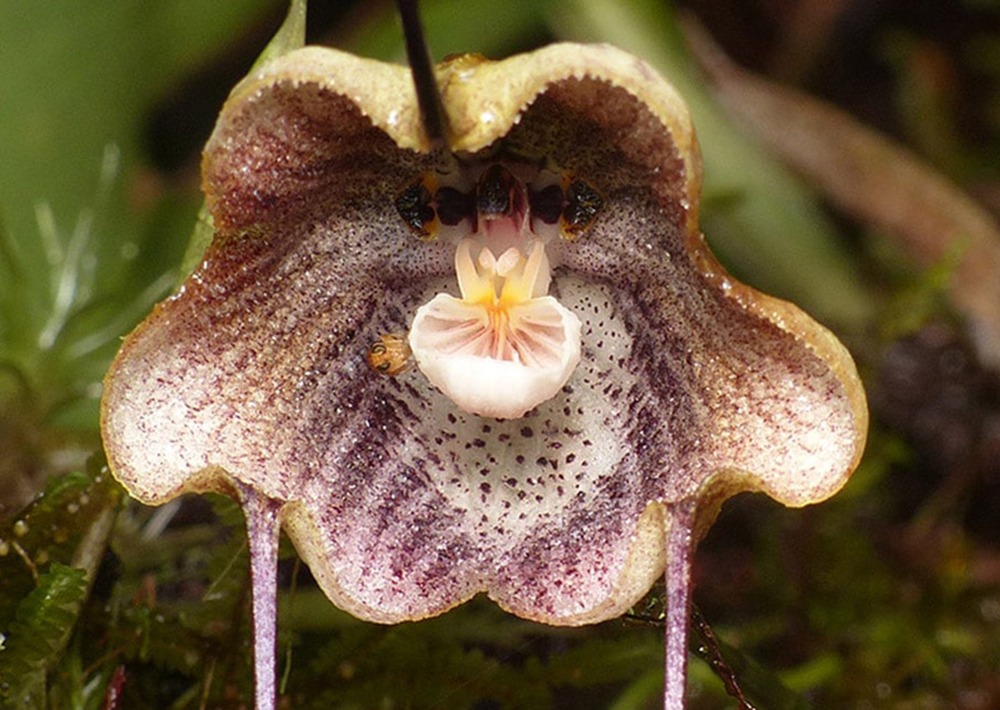
Dracula trigonopetala © Fundación EcoMinga
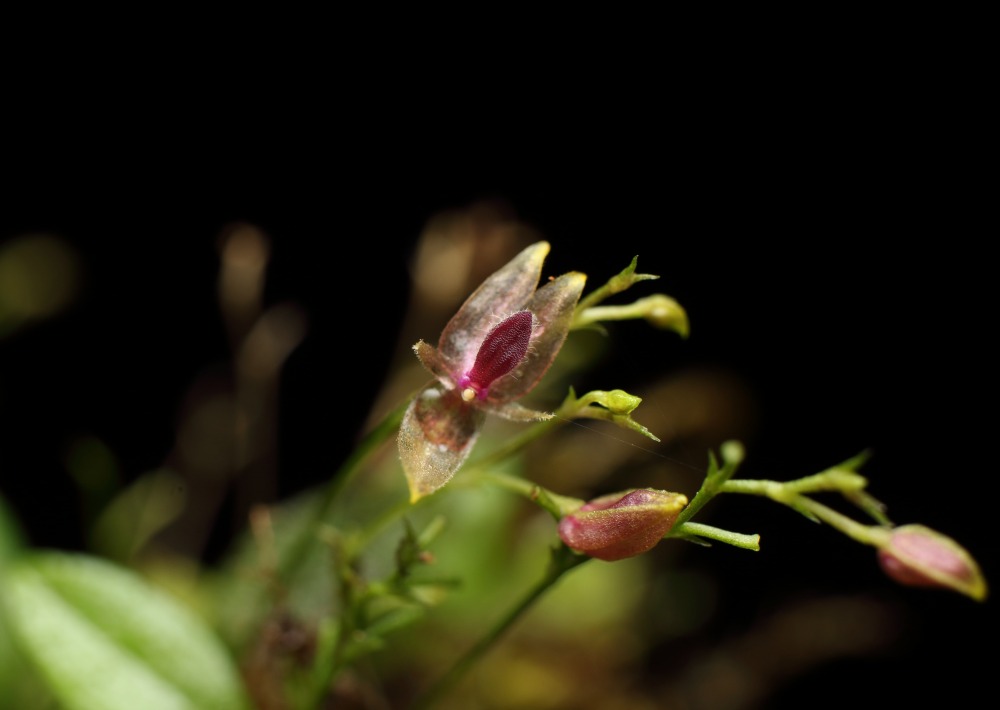
Platystele crinita © Fundación EcoMinga
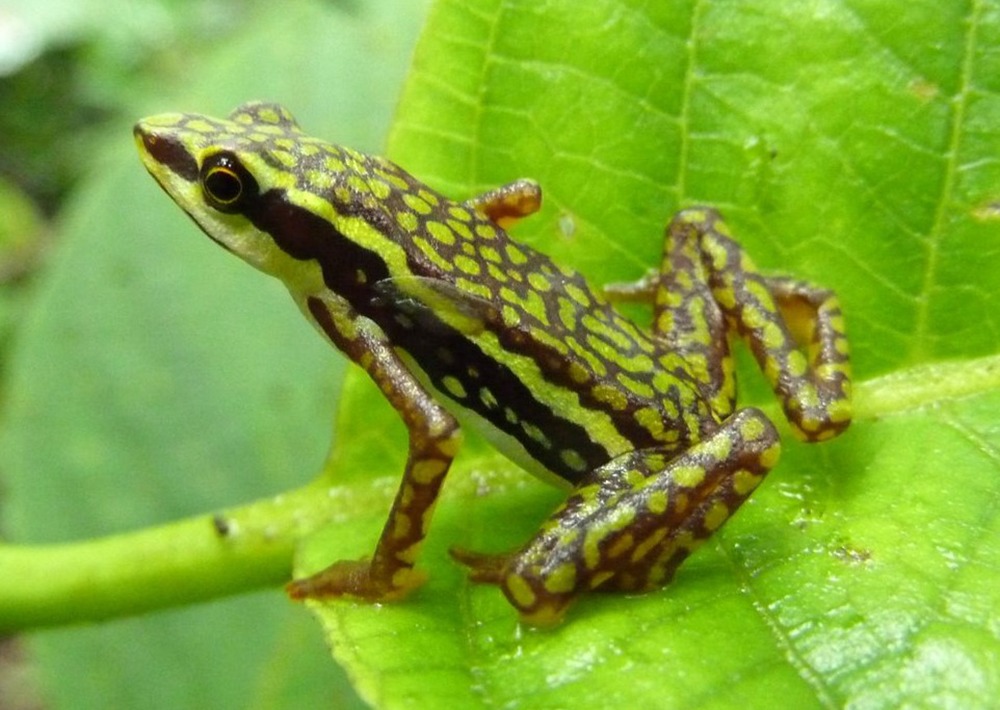
Rio Faisanes Stubfoot Toad, by Andreas Kay/Wikimedia Commons
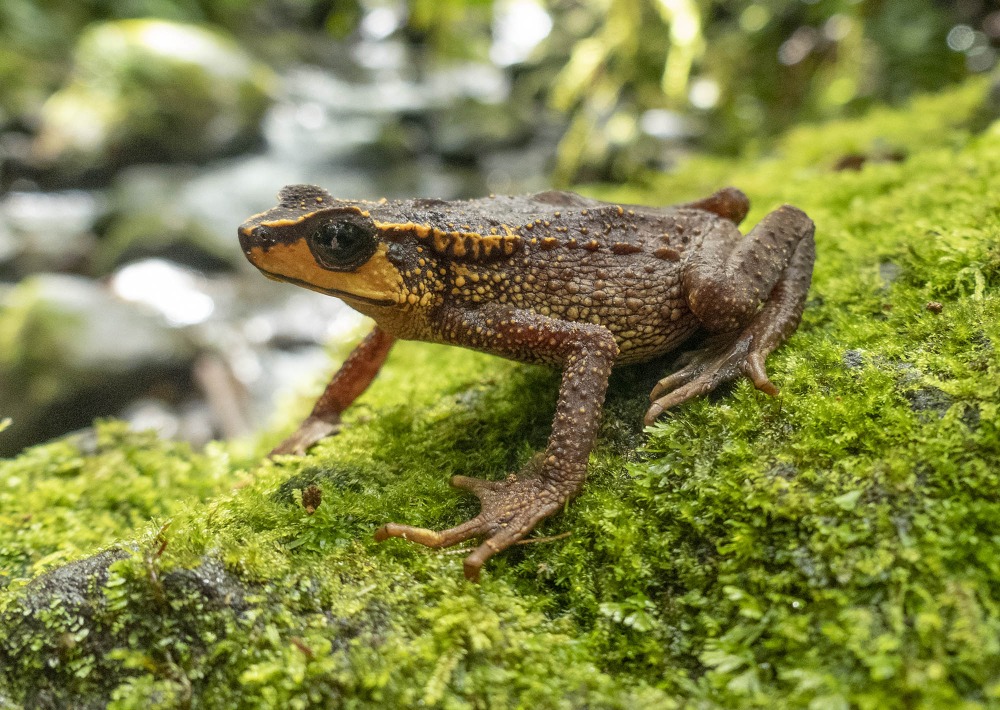
Carchi Andes Toad © Fundación EcoMinga
Protect an Andean Cloud Forest for Orchids and Amphibians
Linking the upper and lower part of the reserve will permit wildlife to move across altitudes and varying habitats, making their populations more resilient. The reserve covers unique habitats between 3,000 and 7,500 feet in elevation, home to multiple threatened species, including the Critically Endangered Rio Faisanes Stubfoot Toad and Endangered Carchi Andes Toad.
Newly described, range-restricted amphibian and reptile species are also present here, and new research and knowledge of the area’s biodiversity is expected to lead to even more species being identified.
LEARN MORE ABOUT THIS PROJECT >>
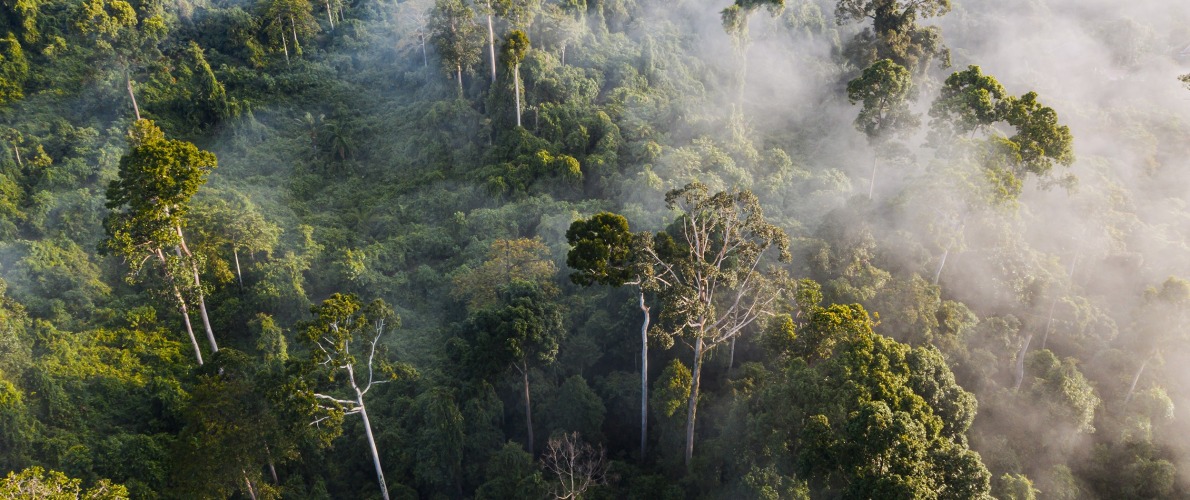
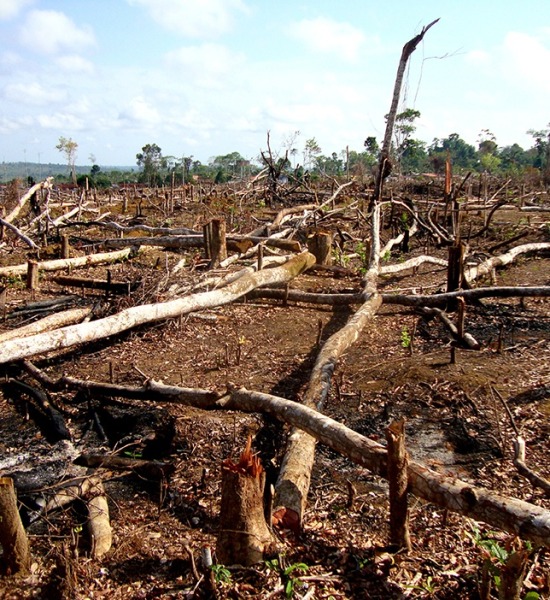
Conservation work is critical, challenging, and can be costly. We work hard to ensure we raise only the funds needed for each project. In the rare case we raise more money than needed or a project comes in under budget, excess monies will be transferred to the Conservation Action Fund. This fund supports our important conservation work throughout the tropics.
Project Modifications
Rainforest Trust conducts extensive research and due diligence on each of the projects that we support, so that once a project is offered for public support we believe it will succeed. We work closely with our project implementers, offer support, and regularly monitor their progress. Given the nature of the work, projects may not progress exactly as intended and may be unable to meet all objectives. To respond dynamically to the needs of our project implementers and the realities of the landscapes in which they operate, Rainforest Trust expressly reserves the right to modify a project as it deems necessary, provided that donor intent is honored by ensuring that that the original project objectives are diligently pursued and that project funds continue to benefit the landscape and species identified in the project overview. Project modifications that we may need to make in certain circumstances include the specific project implementer, the size of the landscape to be protected, the type of protection to be afforded to the landscape, and the development of sustainability mechanisms.
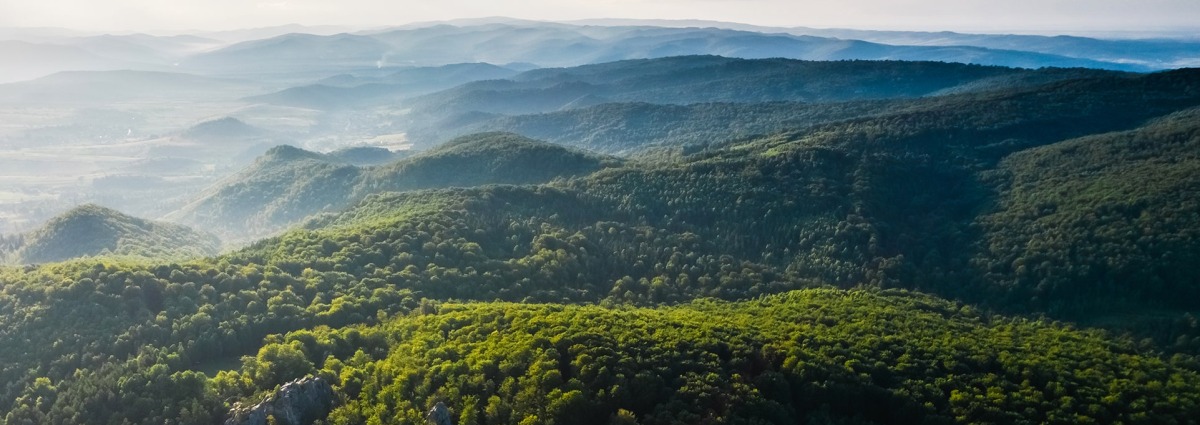
Partnering to Save Rainforest
Our partners’ ability to work with their governments and build strong connections with local communities ensures the successful implementation of our projects.
Learn more about this PartnerLearn more about this Partner
